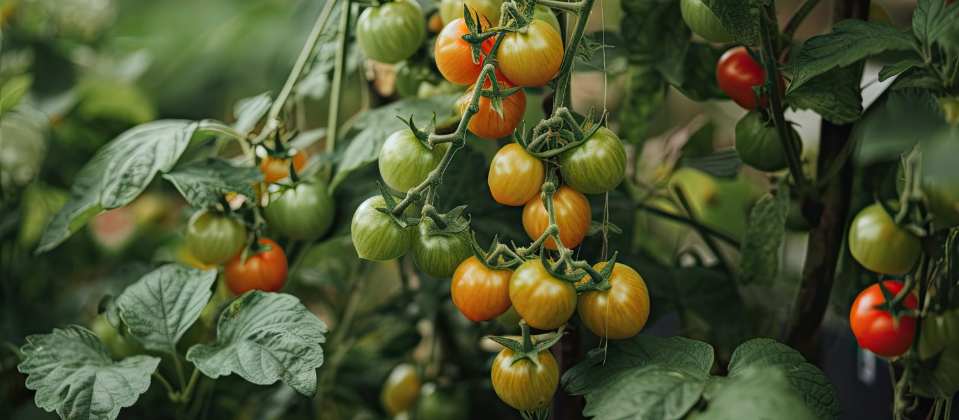Are your fruit trees shedding their small fruits now? No need to worry; it’s a phenomenon known as The June Drop, whereby trees do some of a thinning job for you, so that fewer and larger fruits can develop to maturity. That’s not to say that you shouldn’t also thin out apples and pears to the same end. The extent to which you do this will depend on the variety of the tree, its cropping habit, and how effectively you pruned it in the winter.
This can be a time of year when spirits drop too: everything seems a bit much, and the weeds go on growing thick and fast and you can already note crop failures and disappointments. And it seems always to be either too hot or too windy – or even, eventually, too wet. The combination of warm, humid and damp air is a perfect environment for potato blight. This is a really horrible disease, the spores borne on the air, and readily drifting in to York allotment sites from the surrounding industrial agricultural areas where potatoes are grown in huge fields of monoculture. It also affects tomatoes (they are in the same family, solanacae), which is a good reason to grow them under cover in a greenhouse, or even in your back yard at home where there are likely to be fewer spores drifting about. If you suspect you’ve got blight, warn your plot neighbours so they can possibly avert contagion by cutting down potato and tomato foliage (but don’t put it on a compost heap just yet – bag it and let it rot first). There are various web sites which show where blight is by post code, and you can even sign up for an alert system….but that might cause your spirits to drop still further!
So, more cheerily, as we pass the turn of the year at solstice, harvests should be coming well. Your soft fruits will be ripening brightly, attracting every hungry bird in the area as well as yourself, so keep the netting secure. Keep picking the beans and courgettes of course, while they’re young and small, so more are encouraged to mature. Now is a good time to sow crops that bolt (go to seed) all too readily, like Florence fennel and turnips, and some more salad crops if it’s not too hot.
Once crops are finished, it’s time to think about replanting those beds for winter: brassicas do well where beans and peas have been as they benefit from the nitrogen fixed in the soil by the pea and bean family (leguminacae). If you made sowings of winter greens earlier, kales and broccolis and savoy cabbages, they’ll be ready for a move to permanent placings now. You might have leek seedlings ready to plant out too, or you might trade or buy some, and they flourish on the well composted beds you prepared for the first potatoes, which will be ready to lift as soon as their flowers die off. Another pest to cause a drop of the spirits is leek moth, which seems to have arrived this far north a couple of years ago. They have a second brood towards mid July, so it is probably wisest, if tedious, to cover the beds with a mesh protection.
So June is not a time to let your energy drop, but a time of abundance right up to harvest season; enjoy your produce and celebrate summer.


